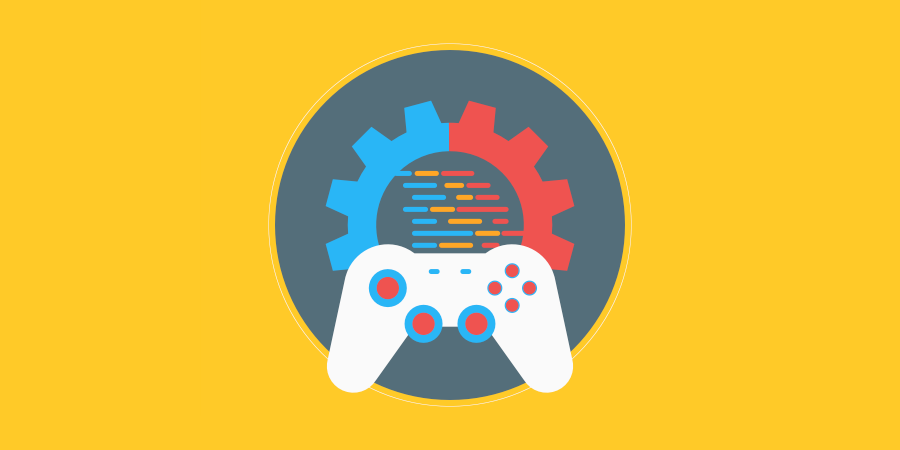
Game development is the art of creating games. Explain the design, development and release of a game. It may include concept building, design, creation, testing and publishing. When creating a game, it's important to think about game mechanics, rewards, player engagement, and level design.
It could be a game developer, a programmer, sound designer, artist, designer, or many other roles in the industry. Game development can be carried out by a large Game Development Studio or by a single person. It can be as small or as big as you want. You can call it a "game", as long as it allows the player to interact with the content and can change elements of the game. You don't need to write code to be involved in the game development process. While artists can create and design assets, the Developer can focus on programming a health bar. A Tester may be included to see the game runs as expected. Tools such as libGDX and OpenGL have been developed to solve the problems that game frameworks have. They provided a large number of preset functions and features, helping to make game development much faster and easier. However, it was still difficult to get into the industry or understand a framework for someone with a non-programmer background, a common occurrence in the game development scene. This was when game engines such as Construct, Game Maker, Unity, and Unreal were developed. Generally, an engine has everything a framework has, but with an easier approach using a graphical user interface (GUI) and helping the game develop graphics. In some cases, such as Game Maker and Construct, the amount of pre-made functions is so large that people without pre-programming skills can create a game from scratch, which really expands the scene and makes game development accessible to almost anyone.
Game Development Stages
The main game development stages are preproduction, production and post production.
1. Pre-production
Planning. At this stage, the idea of a video game should emerge. The budget outlines key elements such as the target audience, whether the game will be 2D or 3D, who the characters will be, and what platform the game will be on. This is the first part of the planning phase and the roots that every video game will grow from.
2. Production
This game development phase is the most complex and challenging, but here the magic happens and the game idea comes to life. At this stage, each member of the team has a fundamental role.
2. Post production
Even though the production phase has been completed, the process continues with maintenance if some errors occur (usually this happens quite often, but resolves during the maintenance phase). Also, the marketing of a video game takes place throughout Post-Production and continues for a while after it's effectively released. Large productions often start marketing their games in the late stages of Main Production to gain visibility and excitement among their fan base.
- Author: Ranna Digital Works
- Publish Date: 31.05.2021